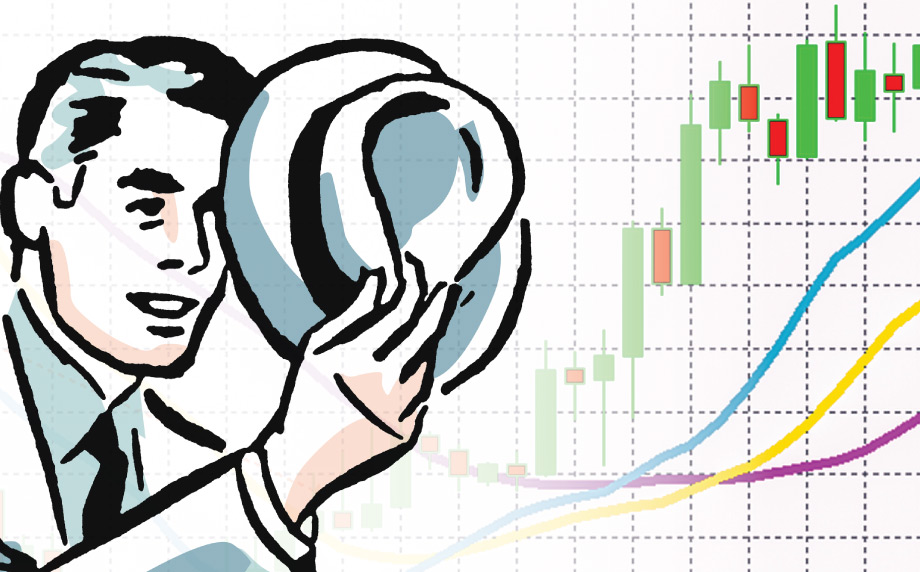
In remarks in New York City on September 4, New York Fed President John C. Williams discussed his outlook for the economy and how he sees the path forward in the current moment.
He said:
“Th[e] slowdown in growth reflects a variety of factors influencing the supply and demand sides of our economy.”
“The big story here, of course, is tariffs. There are clear signs that tariff increases are affecting consumer prices and that trade diversion is taking place.”
“Looking ahead, if progress on our dual mandate goals continues as in my baseline forecast, I anticipate it will become appropriate to move interest rates toward a more neutral stance over time.”
“My approach to these assessments is, as always, entirely focused on the totality of the data and what it tells us about the relative risks to achieving our maximum employment and price stability goals.”
President Williams began his remarks by discussing where the economy stands against the backdrop of the Federal Reserve’s dual mandate goals and explaining what’s been learned from the data in recent months.
He noted that economic indicators paint a picture “of an economy that is growing, albeit more slowly than last year.” He emphasized a “gradual cooling in labor market conditions” over the past year, which is “consistent with the gradual slowing of wage growth that we’ve seen.” President Williams also added that there’s been a notable slowdown in payroll employment growth in recent months, reflecting the effects of reduced immigration on the labor force.
On inflation and tariffs, President Williams said that the initial effects of tariff increases are clearly seen in core goods prices. “The realized aggregate effects of tariffs so far have not been as large as expected earlier in the year, but it’s still early days, and it will take time for them to come to be fully realized,” he told the audience. He also mentioned that he does not see signs of amplification or second-round effects of tariffs on broader inflation trends and that inflation expectations have remained stable. President Williams pointed out that there is still a great deal of uncertainty and that more data will reveal a better understanding of the magnitude and timing of the effects of tariffs.
He then turned to the Federal Reserve’s monetary policy stance, noting that it’s been “modestly restrictive, as seen through the slowing of inflation and wage growth and the gradual cooling of the labor market.” He explained the need to keep the labor market in balance to ensure that the effects of tariffs do not spill over into a longer-lasting broad increase in inflation, while also being mindful of increased risk to the labor market.
He then commented on the Fed’s balance sheet, saying that the process to reduce holdings of Treasury securities and agency debt and agency mortgage-backed securities is going very smoothly. “With take-up at the overnight reverse repo facility now quite low, the level of reserves has already started to decline and is expected to decline more meaningfully going forward as our asset holdings continue to shrink and other liabilities rise,” he stated.
In terms of his economic outlook, President Williams said that “a number of outcomes are possible given all the uncertainty.” But based on the latest data, he expects:
- Real GDP growth this year to be between 1-1/4 and 1-1/2 percent
- The unemployment rate to gradually rise to about 4-1/2 percent in 2026
- Inflation to come in between 3 and 3-1/4 percent this year, before declining to around 2-1/2 percent in 2026, and reaching 2 percent in 2027
Julie Lasson is an executive communications specialist at the New York Fed.
The views expressed in this article are those of the contributing authors and do not necessarily reflect the position of the New York Fed or the Federal Reserve System.










